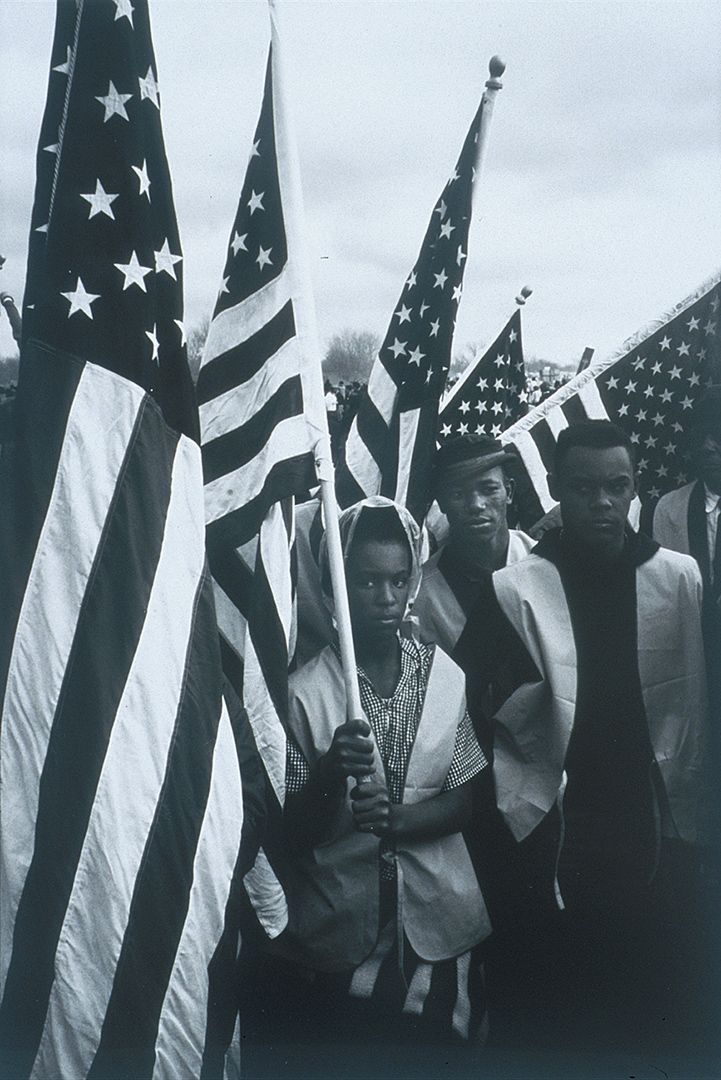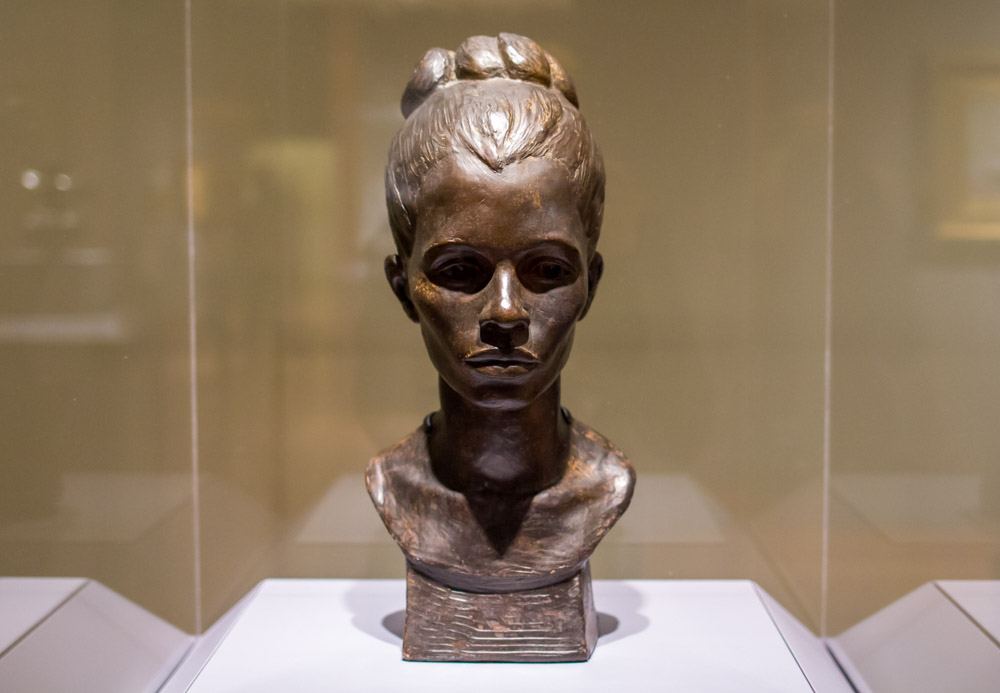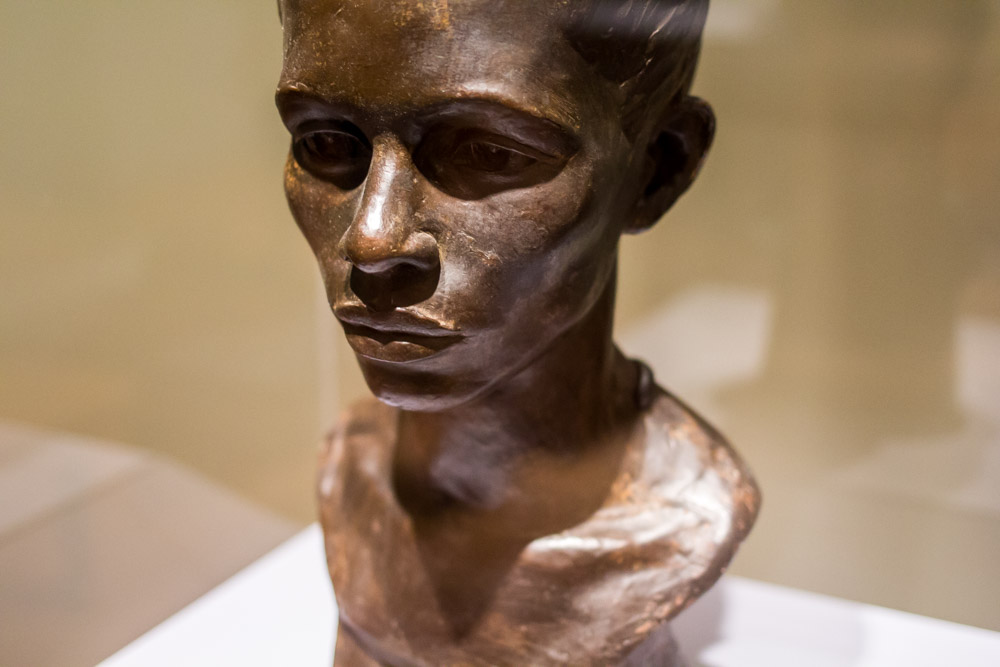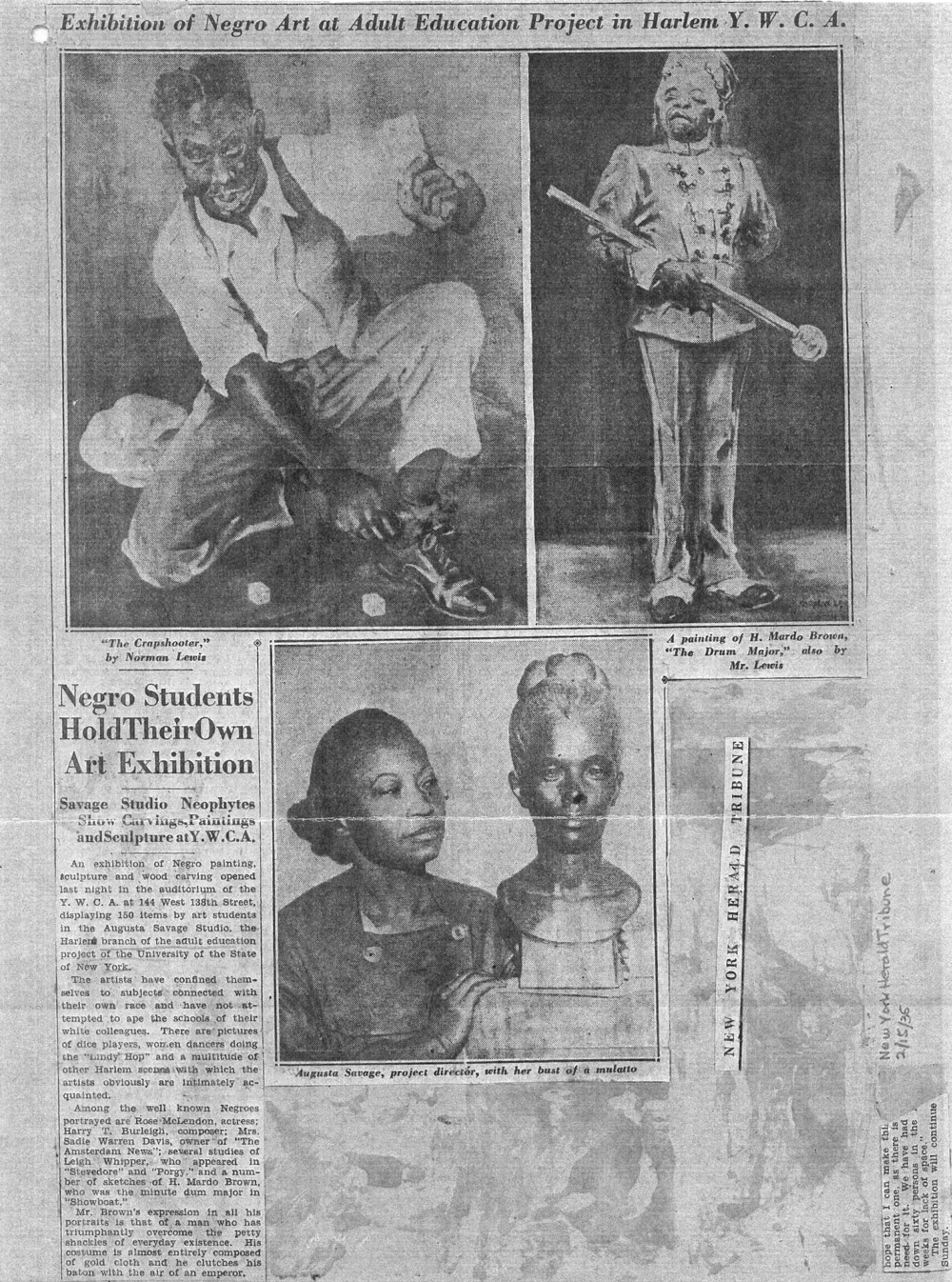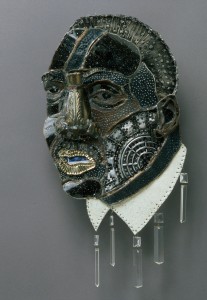Object of the Week: Veronica Smith, Phillip Hunter Jr., and Kent Carrington, at the City of St. Jude staging area, March 25th, 1965
The concepts contained in words like ‘freedom’, ‘justice’, ‘democracy’ are not common concepts; on the contrary, they are rare. People are not born knowing what these are. It takes enormous and, above all, individual effort to arrive at the respect for other people that these words imply.
– James Baldwin, “The Crusade of Indignation,” The Nation, July 7, 1956
This black and white photograph, taken by photojournalist Dan Budnick in 1965, is one of a series that Budnick had hoped to publish in a Life magazine photo-essay. Taken during critical events of the civil rights movement, the photographic series captures such moments as the 1958 Youth March for Integrated Schools, the 1963 March on Washington, and Dr. Martin Luther King, Jr.’s I Have a Dream speech delivered that same day.
This image in particular depicts three young activists—Veronica Smith, Phillip Hunter, Jr., and Kent Carrington—holding the American flag while participating in the famous five-day march from Selma to Montgomery, Alabama. Led by Dr. King, the march protested the discriminatory laws suppressing black voters’ rights in the South and would eventually lead to the passage of the landmark Voting Rights Act. Stoic, calm, and courageous, Smith, Hunter, and Carrington are engulfed in a sea of stars and stripes—symbols of the freedom and equality for which they were fighting. The flags, acting as a visual barrier separating them from their fellow marchers, can perhaps be read as a metaphor for the segregation these activists sought to end.
While the civil rights movement often conjures struggles faced in the past, Dr. King’s call for racial equity, social justice, and religious tolerance is as relevant today as it was fifty years ago. Progress has no doubt been made since the 1960s, but it is also important to acknowledge that the fight against racism—in all its insidious and systemic forms—is not a past but current event. Many of us will celebrate Dr. King’s legacy by observing his birthday on Monday, January 15, but our individual efforts to achieve equal rights—for all marginalized communities—is an ongoing project that transcends a single day.
– Elisabeth Smith, Collections Coordinator
